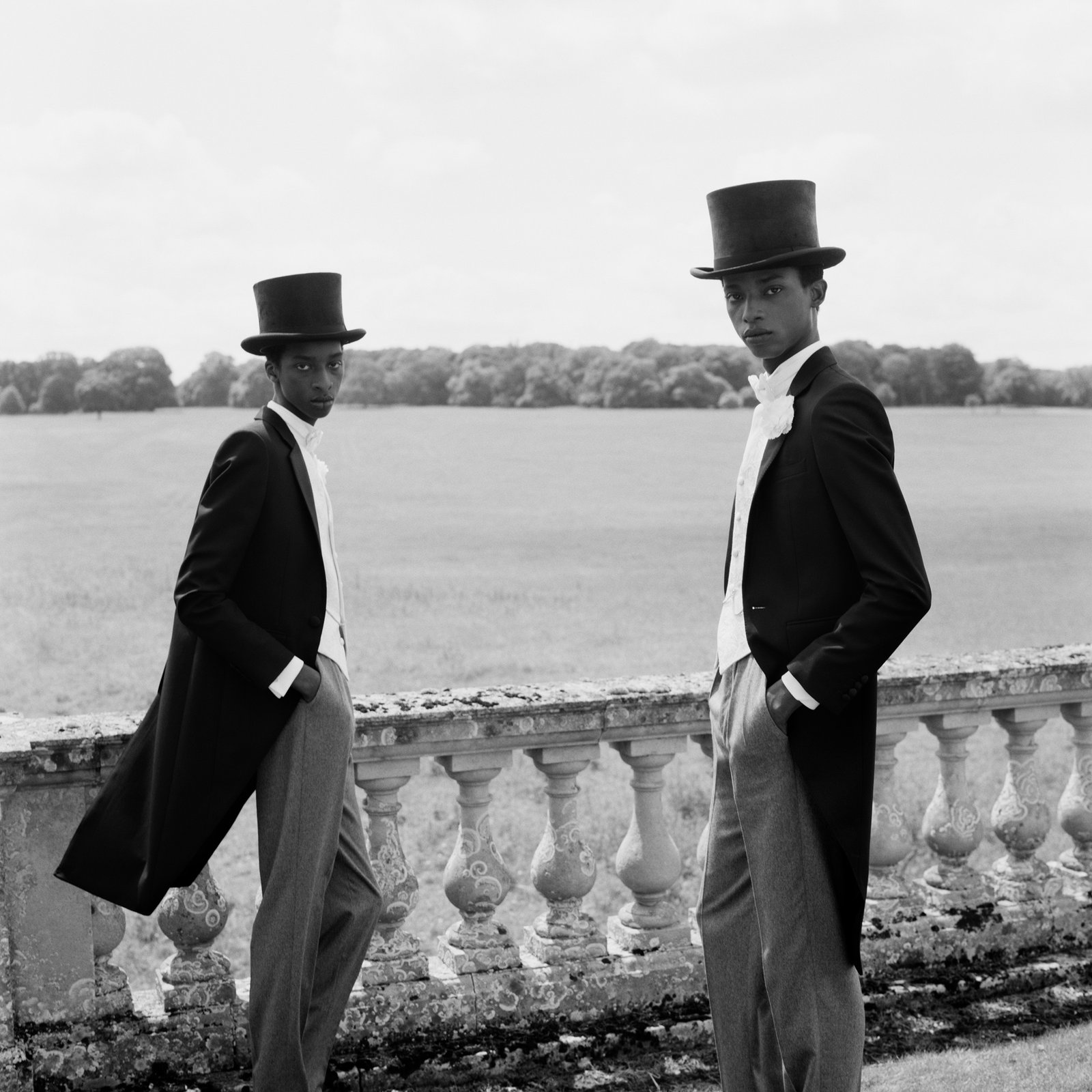The Consecration of the Eldorado Ballroom
This story appears in Justsmile Issue 3, Reflections are Protections.
Photography CJ Harvey, Rafael Rios and Silvia Saponaro
Text Jonathan Jayasinghe
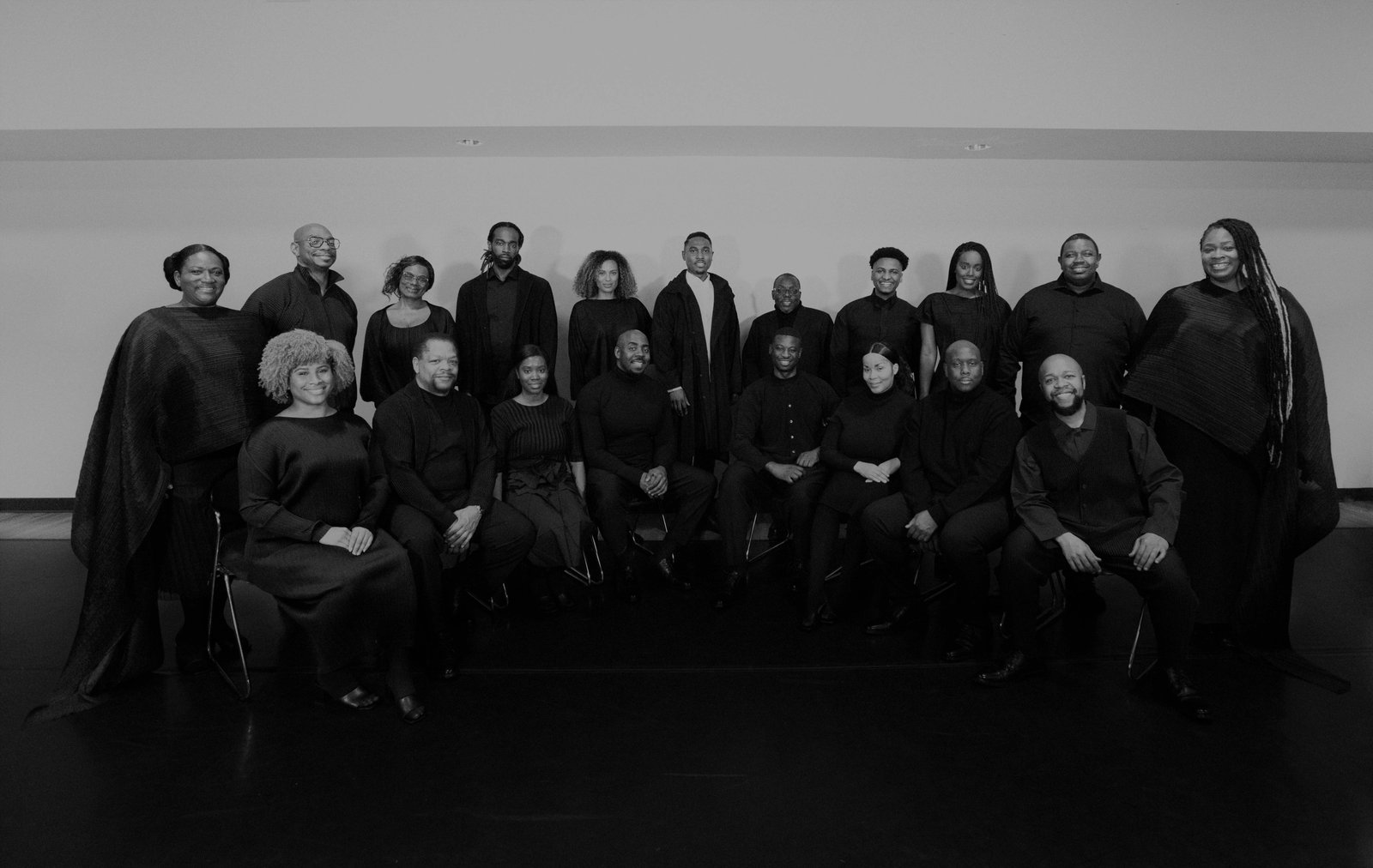
Conductor Malcolm J. Merriweather (centre) and the Voices of Harlem choir photographed by CJ Harvey, 2023.
Over the course of six nights in spring 2023, a diverse set of audiences made the pilgrimage to the Brooklyn Academy of Music, dressed in their finest garments, brimming with anticipation – attending what is best described as a series of invocations and rituals, to summon the spirit of a sacred place. On one of these nights, attendees were transformed by an evening-long ode to Black female R&B, featuring the inimitable artistry of Res, keiyaA, and Kelela; on another, an ecstatic recital of devotional music, featuring performances by gospel saxophonist Angélla Christie, Twinkie Clark and the Clark Sisters and a celebration of the trailblazing jazz pianist and composer Mary Lou Williams. Elsewhere, a light installation by Maren Hassinger and a performance art piece by Autumn Knight immersed audiences in uncommon atmospheres and social configurations, dissolving the boundaries between artist and spectator. The occasion? A performance series curated by Solange Knowles’ Saint Heron collective, entitled Eldorado Ballroom.
‘The Duprees described the Eldorado Ballroom as a place of class and refinement, built to provide a first-class space where the Black community was welcomed…’
Inspired by the Eldorado Ballroom – a Black music hall in Houston’s Third Ward, founded by Anna and Clarence Dupree in 1939 – the series paid homage to the historic haven for Black musical performance and community. ‘The Duprees described the Eldorado Ballroom as a place of class and refinement, built to provide a first-class space where the Black community was welcomed every day at the front door, given the best service and treated to a dignified experience. It very quickly became a not-to-be-missed stop for every musical legend touring through the South. Dizzy Gillespie, Ella Fitzgerald, Louis Armstrong – they played the white venues, but they also played the Eldorado Ballroom.’ explains Eureka Gilkey, executive director of Project Row Houses.

James Fraher, Juneteenth Dance (with Step Rideau and the Zydeco Outlaws) Eldorado Ballroom, Houston, Texas, 2003. From Texas Zydeco by Roger Wood, contributions by James Fraher, University of Texas Press (2006).
In its prime, from 1939 to the 1960s, the ‘Rado’ – as it was commonly referred to by its patrons – would be overflowing with Black folks dressed in their most chic and eye-catching ensembles, bopping to the sounds of the eighteen-piece house band. With an aural arrangement spanning blues, R&B, jazz and zydeco, it was regarded as one of the finest showcases of Black music in Texas. ‘It was also the place where you could risk letting your hair down, trying something new, or use the original lyrics instead of the ones you’d been told to whitewash,’ adds Gilkey. ‘Can you imagine the shows they put on when they were surrounded by their own?’
The description paints a vivid picture of the venue as a sacred space of community and connection, as well as a laboratory for sonic experimentation and avant-garde performance. It’s emblematic, in many ways, of Solange’s vision for Saint Heron. Founded in 2013 as a platform for conversation around music, culture, art and design, the organization has since evolved into a multidisciplinary cultural institution, with a mission to exhibit and archive the work of a broad spectrum of Black artists and thinkers. Through an ever-expanding body of work that includes art exhibitions and installations, artist talks with the likes of Julie Dash and Lorna Simpson, film screenings of work by emerging experimental filmmakers, communal culinary experiences, a non-profit library of rare books by Black writers and artists, and most recently, the design and production of artisanal homewares. Saint Heron has developed a singular model for what a cultural institution of the future could look like. The seemingly boundless endeavor remains committed to bringing accessibility, preservation and deep, educational storytelling to the ever-expanding realms of art and culture that it exists in.
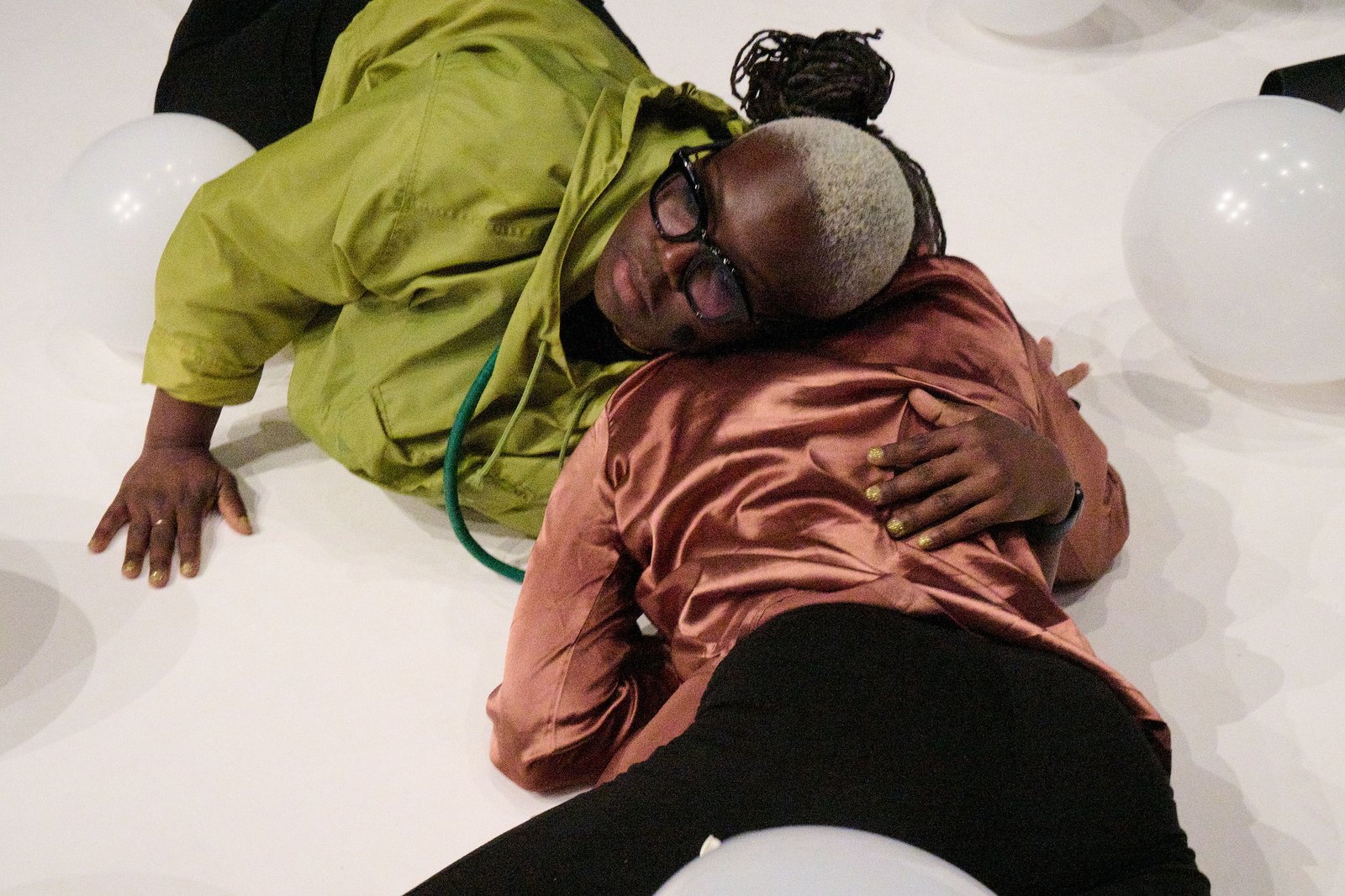
Autumn Knight photographed by Rafael Rios, 2023.
Eldorado Ballroom is the most expansive of Saint Heron’s recent projects, serving as a deeply compelling example of the organization’s current interests and aims. As evinced by her site-specific performance pieces and moving image work, Solange’s practice is deeply informed by the possibilities of built space; as containers of history, incubators for creativity and environments for social connection and spiritual inquiry. Previously staging performances in monumental bastions of the white-dominated art world – think Guggenheim, Chinati Foundation, Rothko Chapel, Getty and Teatro alle Tese – the curation of Eldorado Ballroom exists on a continuum with past works, while marking a bold leap forward.
Transforming the physical space of the historic Eldorado Ballroom into a psychic space, an energy that can fill the container of any room into which it is placed. Weaving personal history with cultural history, and using Solange’s long-running thematic obsessions – the multidimensionality of Black womanhood, the sacred and transcendent possibilities of sound, art as a tool for political resistance and social justice, to name a few. The line-up assembles a diverse constellation of artists and performers, whose work exemplify the themes and build upon them in their own unique ways.
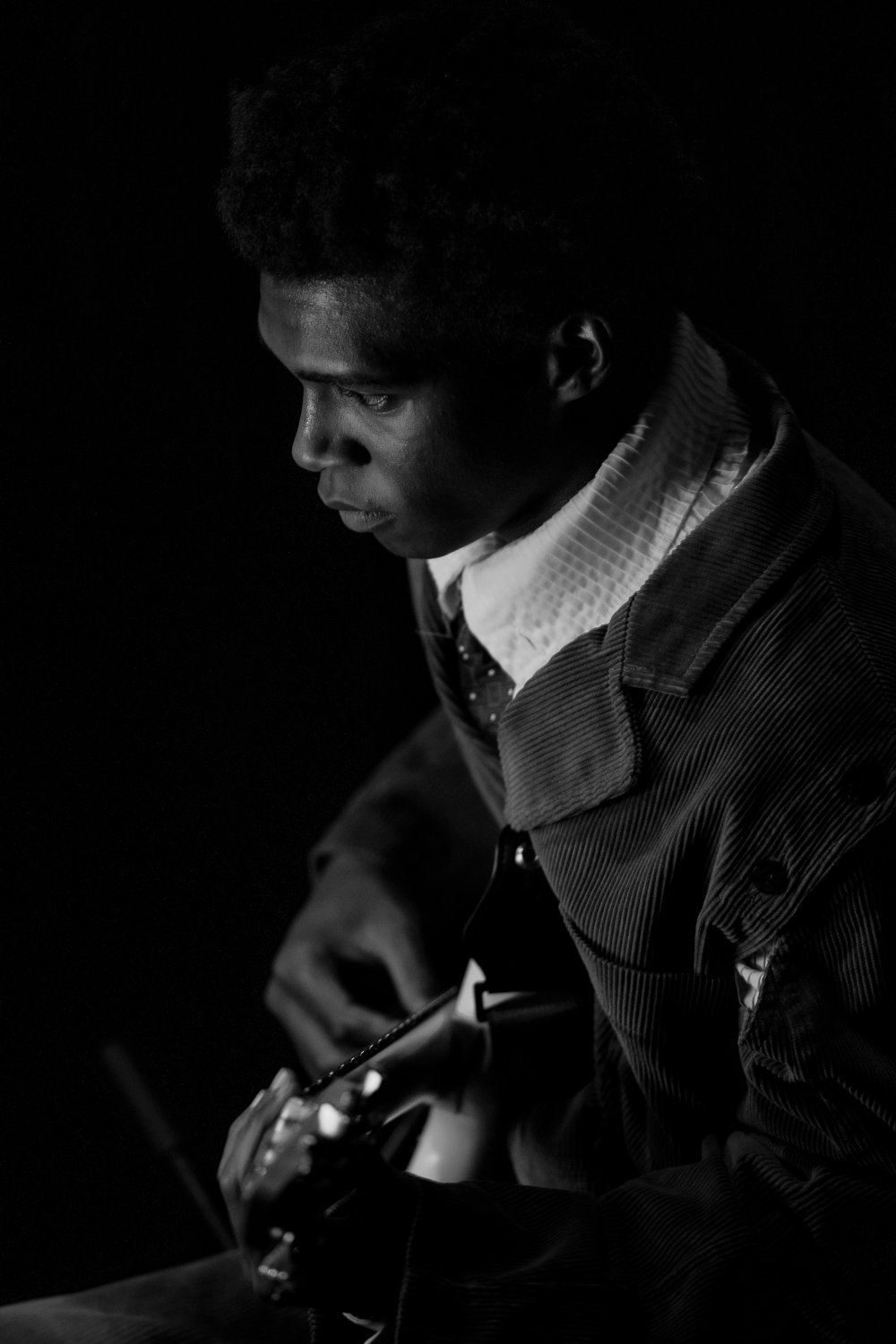
Musician photographed by Silvia Saponaro, 2023.
To archive the project, an accompanying Eldorado Ballroom (2023) zine further contextualizes the series’ programs and historical landmark. ‘The book’s creation was simply about commemorating all of what made the series what it was in a shareable keepsake that everyone, even those who weren’t there, can have, experience and feel,’ Shantel Aurora, executive editor of Saint Heron explains. ‘The institution aims to empower personal archives and art collections for individual preservation. It’s really all about discovery for future generations. When the grandchildren and great-grandnieces/nephews in our families are sifting through family heirlooms, this is part of what they’ll find – a visual and narrative record of such a historic moment, curated by a Black visionary honoring the Black artists, practicing before and at the same time as her.’
Flipping through the zine reveals an expressive record of the proceedings at Eldorado Ballroom, and the resonances between the individual programs. The dynamic gestures and adventurous use of the theater space in Autumn Knight’s performance piece ‘Nothing #3: BAM’ rhyme with the sculptural physical shapes of dancers, featured in the series’ screening of contemporary dance films. Kelela’s atmospheric use of colored light and fog to accompany her performance, sits in counterpoint and conversation with Maren Hassinger’s magenta-hued light installation. The images throughout capture the collective energy of the events, with audiences, performers and Saint Heron’s extended family of collaborators in joyful communion with one another.
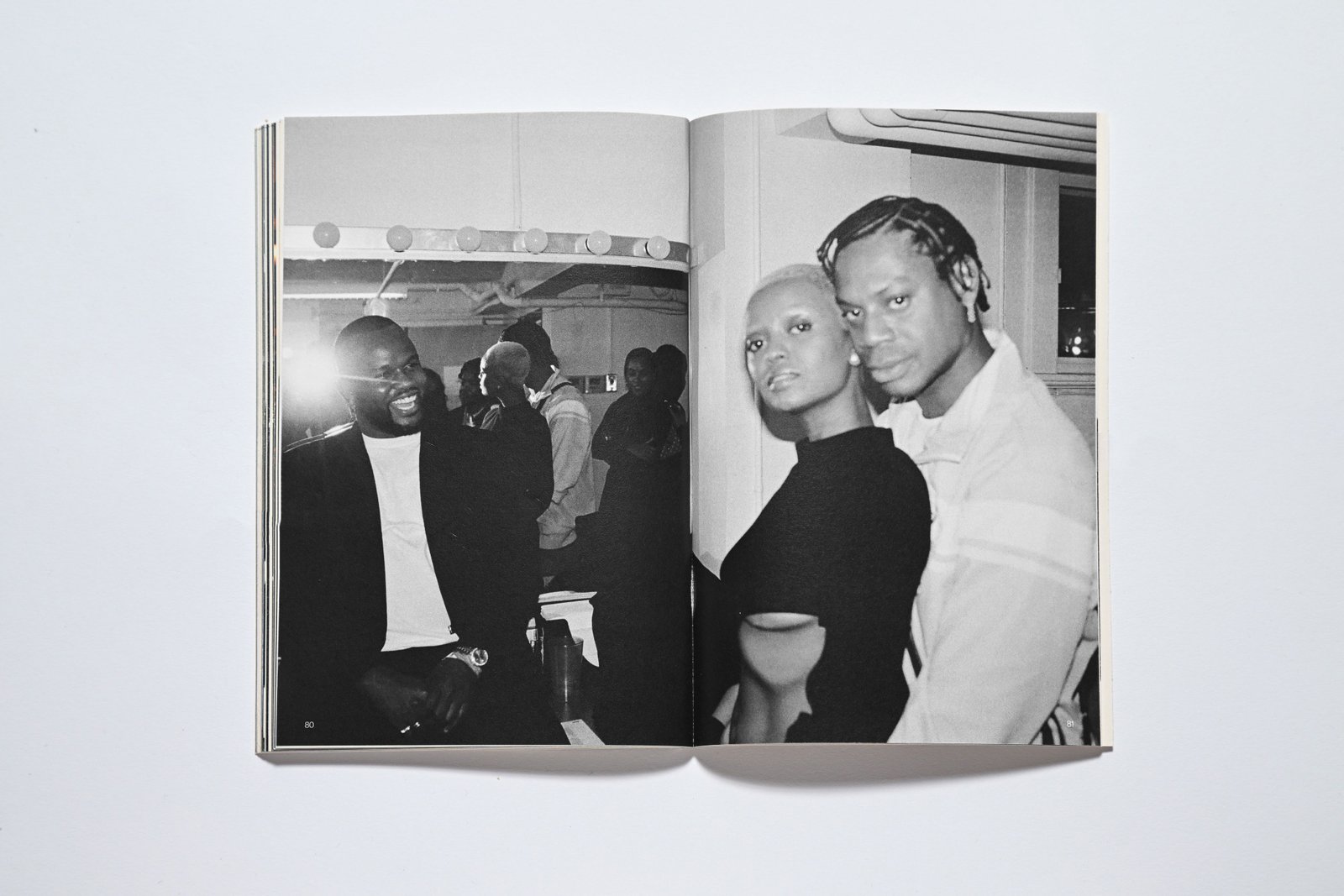
Jawara, Kelela and Telfar Clemens photographed by Rafael Rios, 2023. Featured in Eldorado Ballroom 2023 Book.
Saint Heron’s Eldorado Ballroom exists among contemporaries similarly exploring the intersections of community, sound and the sacred. Sadie Barnette's The New Eagle Creek Saloon, 2019, an installation and performance series – in which the Oakland-based artist re-imagined the storied Black-owned gay bar, opened by her father Rodney Barnette. Detroit techno producer and DJ Carl Craig’s installation Party/After-Party, 2020, in which light, sound and space invoke the ecstasy of raving and the Black origins of techno. And of course, Theaster Gates’ ongoing archival and social practice, his 2022 Black Chapel installation – a towering space made of blackened timber – playing host to a program of musical performances, talks and workshops at the Serpentine Gallery in London. Each of these works are indicative of an emergent current of Black art that seeks new liberatory possibilities through archival practice, immersive architectural environments and the power of convening Black bodies in Black spaces.
Eldorado Ballroom sits as just one example from the vanguard of Black artists, concerned with questions of Black space. It asks not just what a Black space can be, but what a Black space can do. Eldorado Ballroom is a proposition, a gesture towards how we might begin to archive the ephemeral and often immaterial substance of Black genius. It is an act of resistance in an age that continues to devalue the work of artists, especially Black artists, especially Black women artists, day after day. It is a consecration of a space from afar, an invocation of a spirited and spiritual place.
